3D printing technology is an innovative processing technology that has developed in recent years, which can transform digital models into physical objects, with broad application prospects. Currently, the materials mainly used in 3D printing technology are polymer materials, which are easy to process, but the mechanical properties of the products are poor, making them unsuitable for fields with high requirements for strength and stiffness (such as automotive, medical devices, and household appliances).
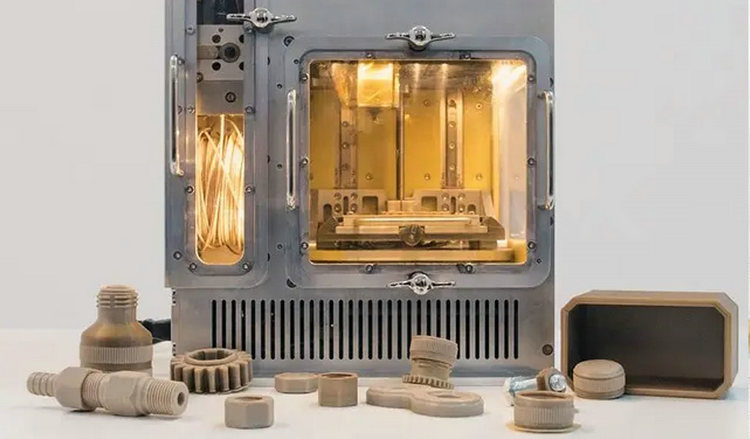
3D Printing Technology
Currently, 3D printing technology suitable for engineering plastics can be divided into four types: Fused Deposition Modeling (FDM), Stereolithography (SLA), Selective Laser Sintering (SLS), and Laminated Object Manufacturing (LOM), among which FDM is the most widely used.
Introduction to FDM Technology
The FDM molding process is mainly divided into two parts: extrusion process and deposition process, that is, thermoplastic polymers are extruded through the nozzle under heating and pressure, while the nozzle moves along the set trajectory to stack two-dimensional layers layer by layer. FDM technology, due to its advantages such as low cost, ease of operation, wide range of applicable materials, and high material utilization rate, has received widespread attention, with research covering various fields such as medicine, aerospace, and education.
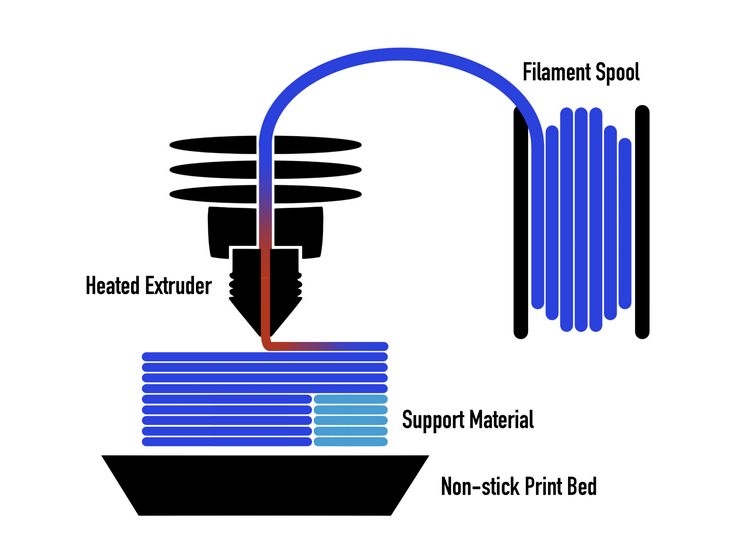
Development of FDM Technology
With the development and popularization of 3D printing technology, FDM technology will inevitably be applied in more fields. FDM technology can not only adapt to the complex structures and shapes of aircraft, improve their performance and safety, but also shorten manufacturing lead times and reduce costs. However, domestic FDM technology and equipment still need to further improve printing accuracy, stability, and reliability to meet the high standards of the aerospace field.
Engineering Plastics Modification Technology
Engineering plastics have excellent properties, but there are significant differences between the material properties of engineering plastics and the processing technology of 3D printing, mainly including the following aspects:
1, Poor material flowability leads to instability and discontinuity in the printing process, affecting the surface quality and dimensional accuracy of the products.
2, The low thermal degradation temperature of the material affects the mechanical properties and durability of the material under high printing temperatures.
3, Low material strength limits the load-bearing capacity and impact resistance of the products, affecting their safety and reliability.
4, Non-uniform cooling of the material results in internal stress and deformation of the products, affecting the geometric stability and dimensional accuracy of the products. At the same time, the performance requirements of engineering plastics are often higher than those of ordinary plastics. Therefore, to address the problems of engineering plastics in 3D printing, it is necessary to modify them to adapt to the processing conditions of 3D printing and meet the performance requirements of the products.
Common engineering plastics modification technologies mainly include the following four types:
1, Adding lubricants, inorganic fillers, powder surface coatings, and other substances to increase the flowability and processability of engineering plastics.
2, Adding reinforcing materials such as glass fibers, metal fibers, and wood fibers to improve the rigidity and strength of engineering plastics, making them suitable for enhanced modification under high-temperature and high-pressure conditions of 3D printing.
3, Accelerating the solidification speed of engineering plastics and reducing residual stress through the use of suitable nucleating agents and composites with different heat capacities for rapid solidification modification.
4, Endowing plastics with some special functions (such as conductivity, thermal conductivity, self-repair, biocompatibility, etc.) to broaden the application range and potential of engineering plastics in the field of 3D printing manufacturing.
In summary, engineering plastics modification technology can improve the performance of engineering plastics, expand their wider application, provide more choices and innovations for 3D printing, and further expand the application potential of 3D printing in more fields.
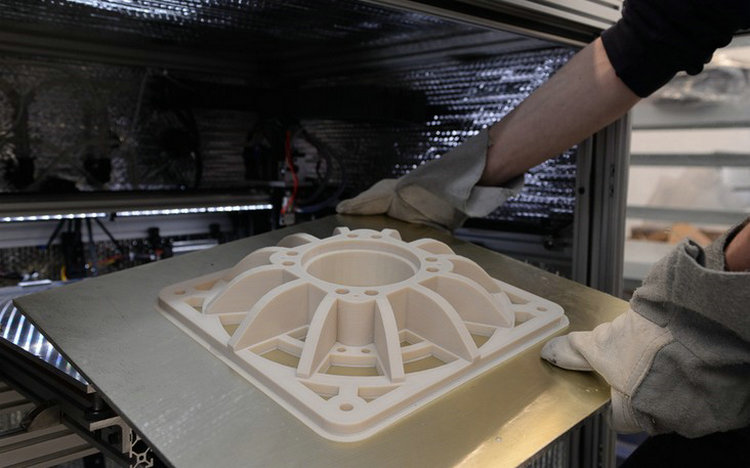
Common Engineering Plastics Modification for 3D Printing
ABS Modification
ABS is a commonly used thermoplastic polymer material with advantages such as high strength, good toughness, and ease of processing. To further improve the performance of ABS, it often needs to be modified.
Glass fiber is a commonly used reinforcing material that can improve the strength, hardness, and durability of ABS. In the application of 3D printing automotive parts, glass fiber-reinforced ABS composite materials exhibit excellent performance, producing parts that are more robust and durable.
Organomontmorillonite (OMMT) is an effective ABS modifier that can significantly improve the mechanical and thermal properties of the material. ABS/OMMT nanocomposites prepared with OMMT have higher tensile modulus, bending strength, bending modulus, and energy storage modulus, while linear thermal expansion and thermal weight loss are significantly reduced.
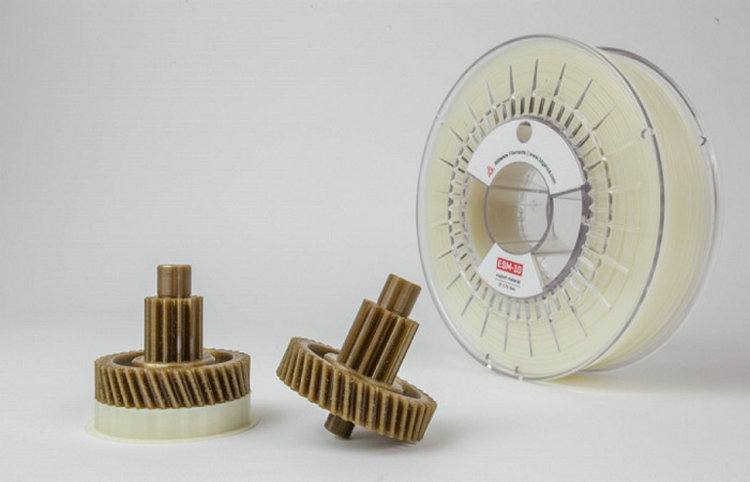
ABS plastic not only has good deformation resistance and corrosion resistance but also has high heat resistance. However, during high-temperature printing processes, there may still be a phenomenon of decreased flowability, resulting in poor quality of printed parts. Materials such as talcum powder and mica powder have high fluidity and, when used as additives to modify ABS, can effectively reduce its melt viscosity and thermal stress, improve its rheological properties, thereby enhancing flowability during the printing process and the quality of printed parts. Additionally, talcum powder and mica powder can further enhance the stiffness and heat resistance of ABS, improving its stability in high-temperature environments.
Currently, a Chinese company has developed ABS/nano-TiO2 composite materials. After 3D printing, this composite material not only maintains the stability of ABS's major performance parameters but also increases the mechanical properties of ABS, showing better strength and toughness.
The above modifications provide broader prospects for the application of ABS and offer more excellent material choices for 3D printing in multiple fields.
PA Modification
Polyamide (PA) is a high-performance engineering plastic widely used in daily life due to its advantages such as high strength, good flexibility, high heat deformation temperature, and low shrinkage. Compared with ABS, PA has better toughness and higher impact strength, and its application in 3D printing is increasingly valued.
Furthermore, through modification, the mechanical properties of PA can be enhanced, further expanding its application range. Zhang Zhengyi et al. prepared PA12/MWCNTs composite powder materials using solid-phase shear milling methods, resulting in significantly improved tensile strength and notch impact strength.
PEEK Modification
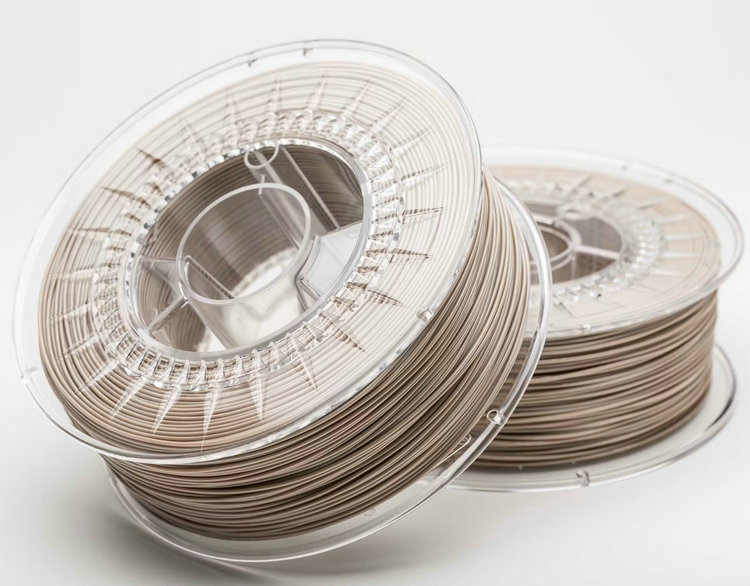
Polyetheretherketone (PEEK) is a high-performance polymer material with excellent physical and chemical properties such as high temperature resistance, wear resistance, dimensional stability, electrical insulation, and biocompatibility. It has enormous potential and research value in 3D printing technology, especially in high-end fields such as aerospace, automotive, and medical.
PEEK material can be used to manufacture complex structural and functional components. With the continuous progress and innovation of 3D printing technology, the application of PEEK material in 3D printing has shown diversified and extensive development trends. The European Space Agency used PEEK material to 3D print components for small satellites.
Although PEEK has excellent physical and chemical properties, its high melting point and viscosity make it difficult to print using traditional 3D printers. Based on this, Dai Jing proposed a new 3D printing method, which accelerates the melting process of engineering plastics by increasing the positive temperature coefficient and thermal radiation lamps, and optimizing the printing parameters. The results showed that the new method can print PEEK material, and the feed rate significantly affects the filling rate of the product. This research provides a feasible solution for the use of special engineering plastics in 3D printing technology, promoting the wider application of engineering plastics in the field of 3D printing.
Conclusion
The research and development of 3D printing engineering plastics modification technology are of great significance. By improving the mechanical properties, heat resistance, corrosion resistance, and conductivity of materials, the application of 3D printing technology in various fields can be expanded, and the functionality and quality of 3D printed products can be improved. However, there are still some problems and challenges in 3D printing engineering plastics modification technology, such as unstable modification effects, unclear modification mechanisms, and high modification costs, which require further research and exploration.